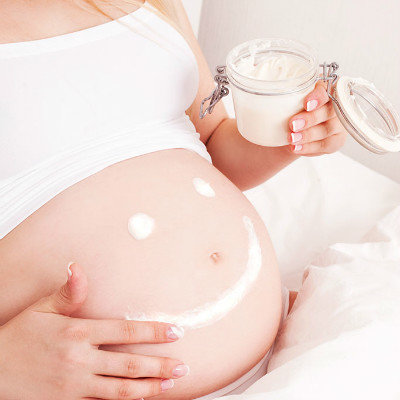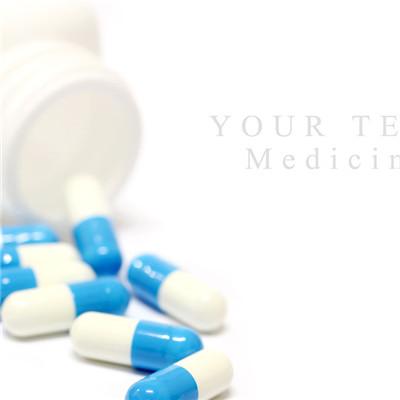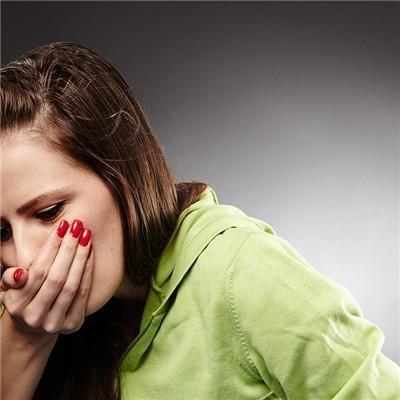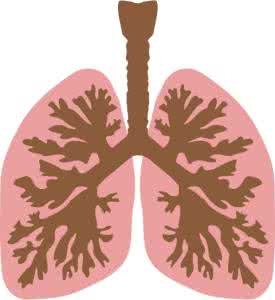Symptoms of eczema
summary
The etiology of eczema is complex, which is often the result of the interaction of internal and external factors. Internal factors such as chronic digestive system diseases, mental stress, insomnia, fatigue, emotional changes, endocrine disorders, infection, metabolic disorders, and external factors such as living environment, climate change, food can affect the occurrence of eczema. What are the symptoms of eczema? Let's talk about it
Symptoms of eczema
The lesions of acute eczema are mostly dense miliary papules, papules or small blisters at the beginning, the base is flushed, and gradually merge into a piece. Due to scratching, the top of papules, papules or blisters is scratched and broken, showing obvious punctate exudation and small erosive surface, and the edge is unclear.
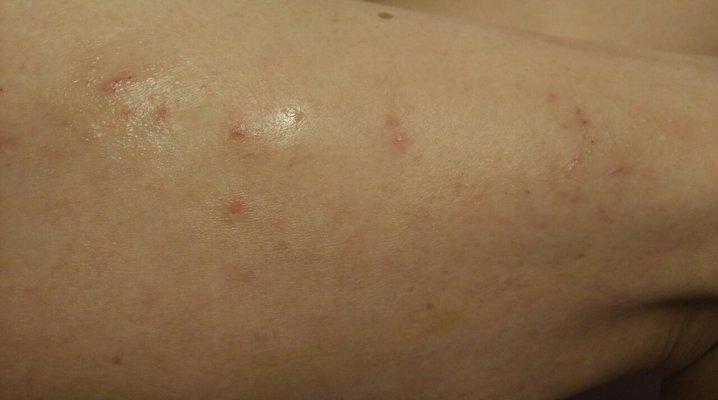
If secondary infection, inflammation is more obvious, can form pustules, purulent callus, folliculitis, furuncle, etc. Conscious severe itching. Most of them are distributed symmetrically in the head and face, behind the ear, distal extremities, scrotum, perianal, etc. Subacute eczema after acute eczema inflammation alleviated, the lesions were mainly small papules, scab and scales, only a small amount of papules and erosion. There is still severe itching.
Chronic eczema often turns into chronic eczema because of repeated attacks of acute and subacute eczema; It can also start with chronic eczema. It is characterized by skin thickening, infiltration, brownish red or pigmentation, rough surface, covered with scales, or scab due to scratch. The pruritus was severe. Common in the leg, hand, foot, cubital fossa, popliteal fossa, vulva, anus and other places. The course of disease is indefinite, easy to relapse, long-lasting.
matters needing attention
Appropriate dosage forms and drugs should be selected according to the skin lesions. Acute eczema local normal saline, 3% boric acid or 1:2000-1:10000 potassium permanganate solution washing, wet compress, calamine lotion convergence, protection. Subacute and chronic eczema should be treated with appropriate glucocorticoid cream, tar preparations or immunomodulators, such as tacrolimus ointment and pimecrolimus ointment. Antibiotics were added to the patients with secondary infection.


